The word crisis, it has been said endless times, includes another optimistic word: opportunity. Finding virtuous examples in such a terrible stage for the restaurant industry is not easy. But there’s a bright example coming from the small village of Staro Zelo, in Slovenia, a few kilometres from the border with Friuli Venezia Giulia. Internationally acclaimed chef Ana Roš of Hisa Franko is directing it.
How are things in Kobarid?
We did our last service on Wednesday 11th March. Since then we’re in lockdown: many in our team decided to stay here, also because Slovenia closed very rapidly. Only one guy from Trieste and one from Udine went back home. We’re around thirty. Our situation has its ups and downs, like with everyone. Staying closed, even though we’re surrounded by nature, is not democracy. But we decided to get to work immediately.
How so?
I told everyone that the emergency should not discourage but open new ways. On the 12th March I met the director of the social milk farm in Kobarid. She was worried because the closure of schools and kindergartens would lead to a dramatic fall in the sales of fresh milk. And you cannot ask cows to make less milk. Only in the Isonzo valley, there was the risk of throwing some 10K litres per day, with a terrible domino effect on the entire food chain. When I heard the farmers in tears because they were fearing collapse, I decided to start a project I had been considering for a long time.
What is it?
It starts with a schooling stage. I asked two thirds of our guys to get ready to teach the rest of the team, for two hours per day. The topics were foraging, fermentation, bread making. The schooling stage is followed by a practical one, in collaboration with farmers. Together with them, we try to learn how to transform and preserve products. We started with milk and pasta, and we’ve already given life to some 30 products that in time we would like to industrialise.
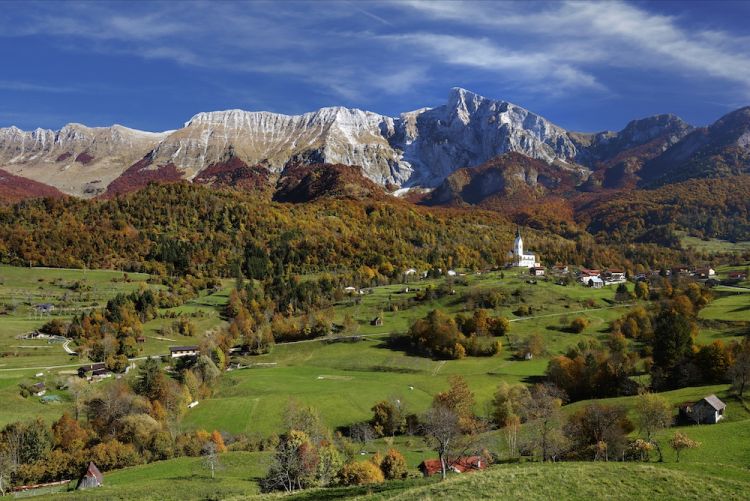
A view of Kobarid in the shade of the Krn (photo by Dan Briski)
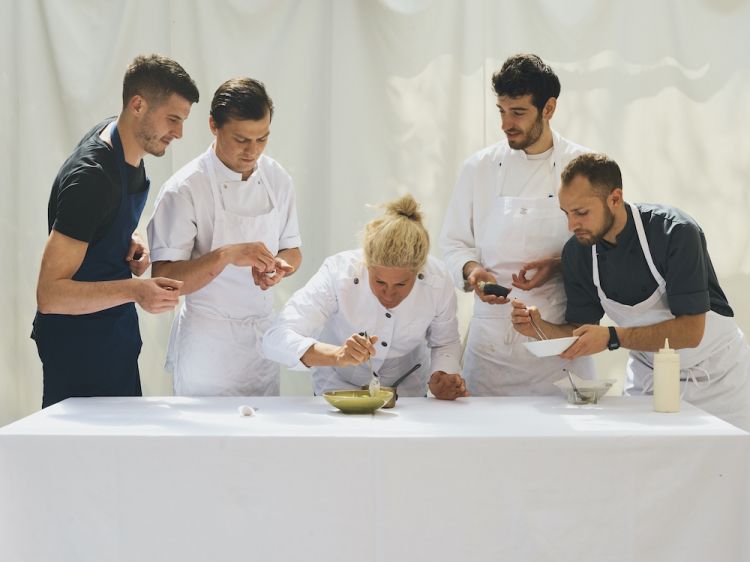
In the middle of the team, Ana Roš. Restaurant Hiša Franko was created inside the family home of her husband Valter Kramar, maître and sommelier (photo Suzan Gabrijan)
Small delicacies that make use of herbs collected with foraging and milk or whey, for example. Candies made with a reduction of whey, wild hazelnuts and cardamom. A spread of whey with walnuts, which I find incredible, better than Nutella. Wafers made with prunes and nettles, others made with yogurt with wild garlic. Flatbread with buckhorn, which reminds of dry porcini. A dip sauce made with milk and wild cress or centocchio and
sclopit. Pesto made with nettles, walnuts and fermented ricotta… Every day we explore new possibilities: last week we went all together to pick mugo pinecones on the Canin mountain, at 2,000 metres, and we made a magnificent ice cream with sour milk. We make bitter for cocktails with butcher’s broom, butter with pears and apples. Now we’ve started making kombucha from wild herbs and pastrami with lamb and spices… We sell online all over Europe. We won’t become rich but with the sales we can repay the daily meals and prepare for the future.
You were talking of industrialisation.
I can process 10 litres of milk per day, not 1,000. In these days we’re finalising an agreement with a Slovenian factory to start to replicate a dozen of these delicacies in large quantities. This way we can widen our support. We have started with ice creams and pasta. The best way to preserve mountain milk is to transform it into ice cream, without the powders that afflict everyday products. We make ice cream with fir, whey reduced in dulce de leche with apple vinegar. Ice cream with fresh milk with camomile and honey, or with sage and honey. Some are breath taking. As for pasta, we would like to industrialise the production of lovage and potato ravioli, a dish from Hisa Franko. And pastas filled with hop, fermented ricotta and fresh porcini… they’re an explosion of flavour. Frozen products that you cannot sell fresh or else the filling would be overpowering.
An ambitious project.
My dream is to transfer it on a global scale, to contrast famine. I’m not the only one doing so: even
Virgilio Martinez in Peru,
Alex Atala with
Ata in Brazil,
Leonor Espinosa in Colombia,
Mad with
Rene Redzepi in Copenhagen,
Andreas Caminada in Switzerland,
Norbert Niederkofler in Alto Adige are working on similar projects. We should coordinate our work and launch all these projects around the world. In the meantime, we have to start in the right way in Slovenia.
Are political institutions sensitive to this theme?
They are. At our ministry of agriculture, they understand its potential. They think it’s a brilliant idea because on the one hand it keeps farmers safe from the emergency, on the other they give value to endless products made in Slovenia. It’s a win-win solution, which the covid-19 emergency has accelerated in all its social and economic implications.
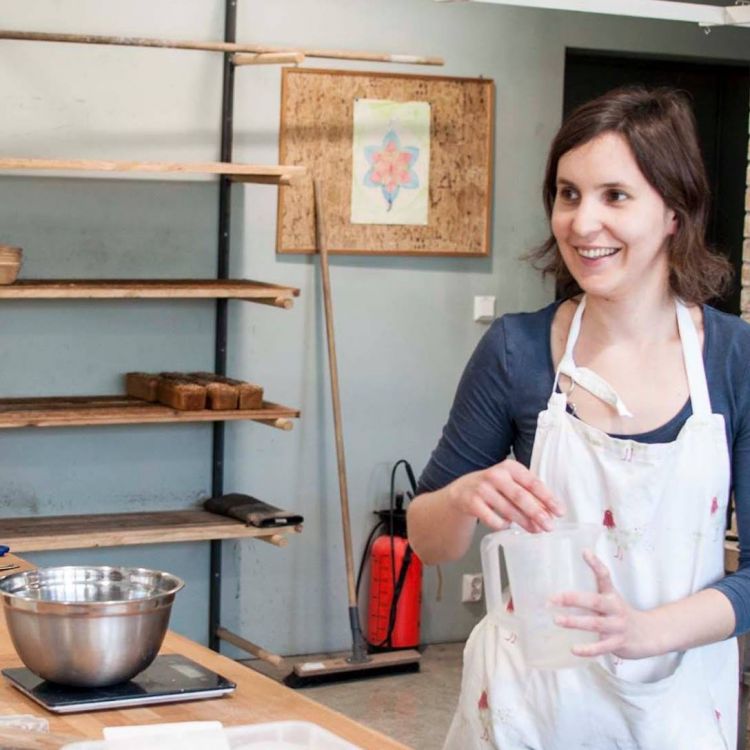
For two years now, the excellent baker Nataša Djuric has been part of the team (Instagram @mydailysourdoughbread)
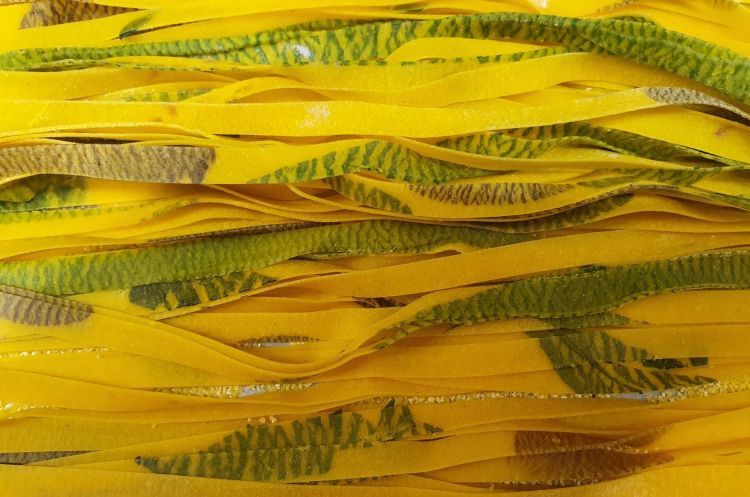
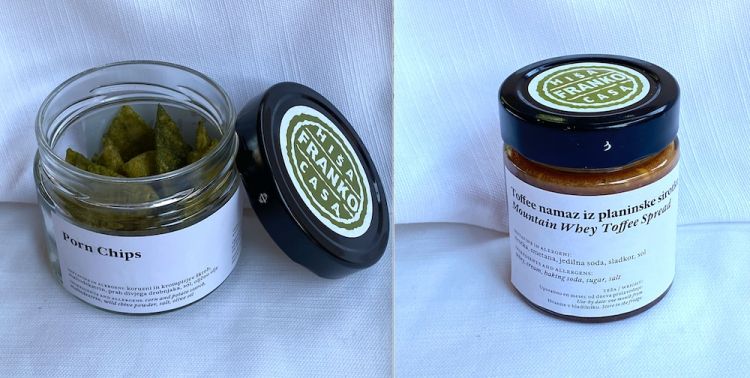
You have announced you will open on the 3rd of June. Do you already have a date for the relaxation of the lockdown?
No, we don’t know yet when it will be. But we decided to set a date nonetheless because for us restaurateurs there’s nothing worse than working without a sure timing. I discussed this with Mauro Colagreco, who announced he’d open bookings for Mirazur from the 1st June. He encouraged me to do the same. He was right: the announcement attracted lots of attention and bookings, from regular and non-regular customers. Many thanked me saying that it was a sign that there was a light at the end of the tunnel.
Optimism always helps.
It does, because as cooks and restaurateurs, like with museums and art galleries, we offer happiness to dreamers: being optimistic is necessary. Here in Slovenia the numbers are improving [on May 4th there were 1,439 infected and 96 deceased in all the country] and in the community of Kobarid there’s no case at all. My sources tell me we will soon open our borders with Croatia, but I believe also with Austria and Hungary. Sooner or later even those with Italy.
Many restaurateurs fear this is the end of fine dining. Will Hiša Franko change format?
Not at all. We will continue to do what we’ve always done: work with 100% local ingredients, trying to cook them with intelligence and serve them on tables that have always been at a distance of one and a half metre from one another. Instead, we will ask clients to respect our health, and not the other way round: they will have to protect us. If I got sick, I would be forced to close again.
In the meantime, you have also published a book.
It’s called Sun and Rain, it was out on the 16th March, published by Phaidon, with a postface from Andrea Petrini. I wrote it with Kaja Sajovic andSuzan Gabrijan, we’re all Slovenian, and all blondes. The title comes from these two elements that have a decisive impact on nature and on our daily actions. It’s the journey of my life, an autobiography that explains how my character influences the choice of ingredients. I have already received significant praise. We’re happy because those who start to read it say they cannot put it down. But the real happiness will come when I will be able to eat by the sea, with a glass of Malvasia.
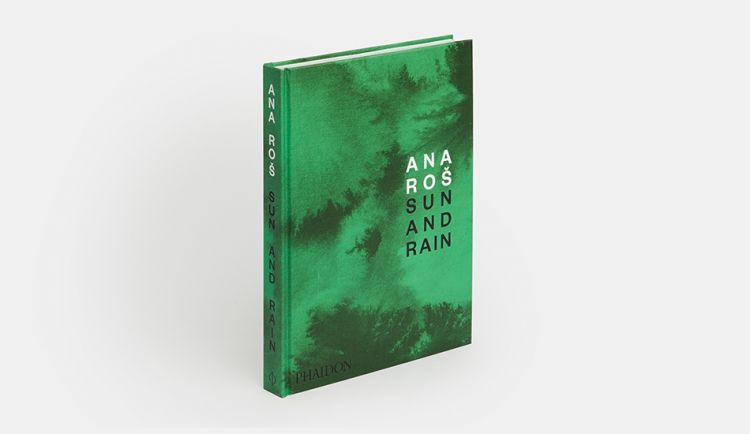
Sun and Rain, content and recipes from Ana Roš, co-author Kaja Sajovic and photo from Suzan Gabrijan. The book is available from Phaidon’s website for 49.95 euros
nslated into English by Slawka G. Scarso